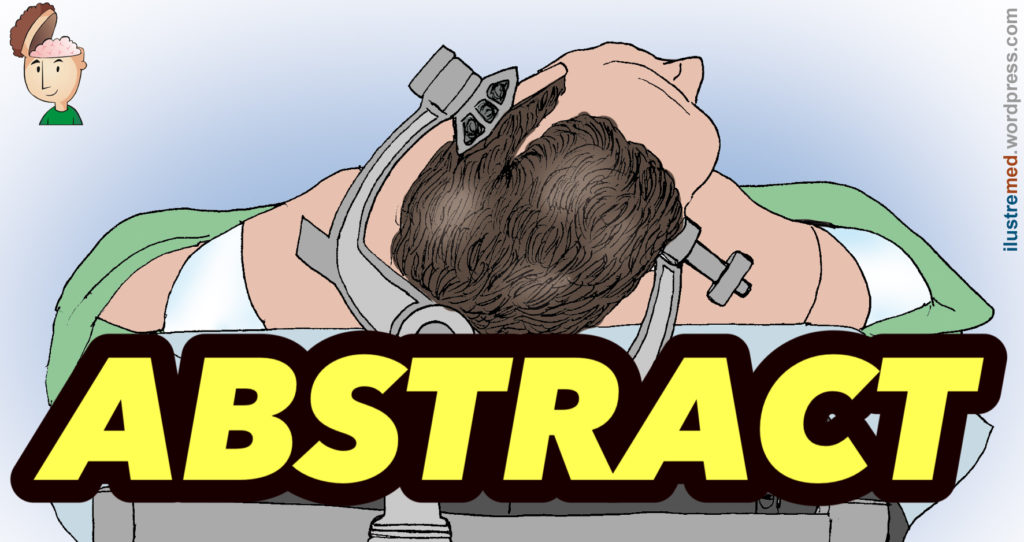Recent progress understanding pathophysiology and genesis of brain AVM-a narrative review
Hans-Jakob Steiger 1 2Affiliations expand
- PMID: 33837504
- DOI: 10.1007/s10143-021-01526-0
Abstract
Considerable progress has been made over the past years to better understand the genetic nature and pathophysiology of brain AVM. For the actual review, a PubMed search was carried out regarding the embryology, inflammation, advanced imaging, and fluid dynamical modeling of brain AVM. Whole-genome sequencing clarified the genetic origin of sporadic and familial AVM to a large degree, although some open questions remain. Advanced MRI and DSA techniques allow for better segmentation of feeding arteries, nidus, and draining veins, as well as the deduction of hemodynamic parameters such as flow and pressure in the individual AVM compartments. Nonetheless, complete modeling of the intranidal flow structure by computed fluid dynamics (CFD) is not possible so far. Substantial progress has been made towards understanding the embryology of brain AVM. In contrast to arterial aneurysms, complete modeling of the intranidal flow and a thorough understanding of the mechanical properties of the AVM nidus are still lacking at the present time.
Keywords: 4D DSA; 4D MRI; Brain arteriovenous malformation; Embryology; Genetic mutation; Hemodynamics; Inflammation.
Similar articles
- Computational Network Modeling of Intranidal Hemodynamic Compartmentalization in a Theoretical Three-Dimensional Brain Arteriovenous Malformation.Jain MS, Do HM, Massoud TF.Front Physiol. 2019 Sep 24;10:1250. doi: 10.3389/fphys.2019.01250. eCollection 2019.PMID: 31607956 Free PMC article.
- Cerebral arteriovenous malformation venous stenosis is associated with hemodynamic changes at the draining vein-venous sinus junction.Alqadi M, Brunozzi D, Linninger A, Amin-Hanjani S, Charbel FT, Alaraj A.Med Hypotheses. 2019 Feb;123:86-88. doi: 10.1016/j.mehy.2019.01.003. Epub 2019 Jan 7.PMID: 30696602 Free PMC article.
- Intracranial 4D flow MRI: toward individualized assessment of arteriovenous malformation hemodynamics and treatment-induced changes.Ansari SA, Schnell S, Carroll T, Vakil P, Hurley MC, Wu C, Carr J, Bendok BR, Batjer H, Markl M.AJNR Am J Neuroradiol. 2013 Oct;34(10):1922-8. doi: 10.3174/ajnr.A3537. Epub 2013 May 2.PMID: 23639564 Free PMC article. Clinical Trial.
- Stereotactic radiosurgery planning based on time-resolved CTA for arteriovenous malformation: a case report and review of the literature.Turner RC, Lucke-Wold BP, Josiah D, Gonzalez J, Schmidt M, Tarabishy AR, Bhatia S.Acta Neurochir (Wien). 2016 Aug;158(8):1555-62. doi: 10.1007/s00701-016-2874-5. Epub 2016 Jun 23.PMID: 27334738 Free PMC article. Review.
- Ruptured Distal Posterior Inferior Cerebellar Artery (PICA) Aneurysms Associated with Cerebellar Arterial Venous Malformations (AVMs): A Case Series and Review of the Literature Demonstrating the Need for Angiographic Evaluation and Feasibility of Endovascular Treatment.Case D, Kumpe D, Cava L, Neumann R, White A, Roark C, Seinfeld J.World Neurosurg. 2017 Jan;97:751.e7-751.e13. doi: 10.1016/j.wneu.2016.10.081. Epub 2016 Oct 25.PMID: 27793767 Review.
References
- Ansari SA, Schnell S, Carroll T, Vakil P, Hurley MC, Wu C, Carr J, Bendok BR, Batjer H, Markl M (2013) Intracranial 4D flow MRI: toward individualized assessment of arteriovenous malformation hemodynamics and treatment-induced changes. AJNR Am J Neuroradiol 34(10):1922–1928. https://doi.org/10.3174/ajnr.A3537 – DOI – PubMed – PMC
Editor do blog: Julio Pereira – Neurocirugião – São Paulo CRM/SP 163.113 Site para Consulta: https://www.julio-pereira.com/ Consultório: (11)99503-8838 (WhatsApp) / (11)4200-2300 Atuando no Hospital Sírio-Libanês e na BP – A Beneficência Portuguesa de São Paulo.

